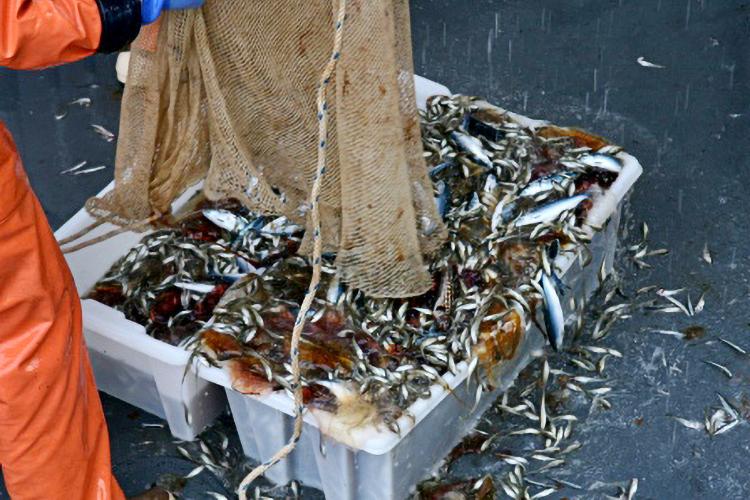
Sampling with bongo nets in Arctic/Chukchi Sea.
Assessment Goals
- Collect baseline fisheries and oceanographic data to enable resource managers to better predict effects of climate and human impacts on ocean productivity and on the ecology of marine and anadromous fish species within the northeastern Bering Sea and Chukchi Sea.
- Assess the distribution, relative abundance, diet, energy density, size, and potential predators of juvenile salmon, other commercial fish, and forage fish within the northeastern Bering Sea and Chukchi Sea.
- Evaluate the effect of climate change on the health and status of pelagic fish within the northeastern Bering Sea and Chukchi Sea.
- Funding for this work comes from the Coastal Impacts Assistance Program (CIAP). Partners include the University of Alaska Fairbanks, Alaska Department of Fish and Game, and the MACE, Genetics, HAMC, and HEPR Programs within AFSC.

